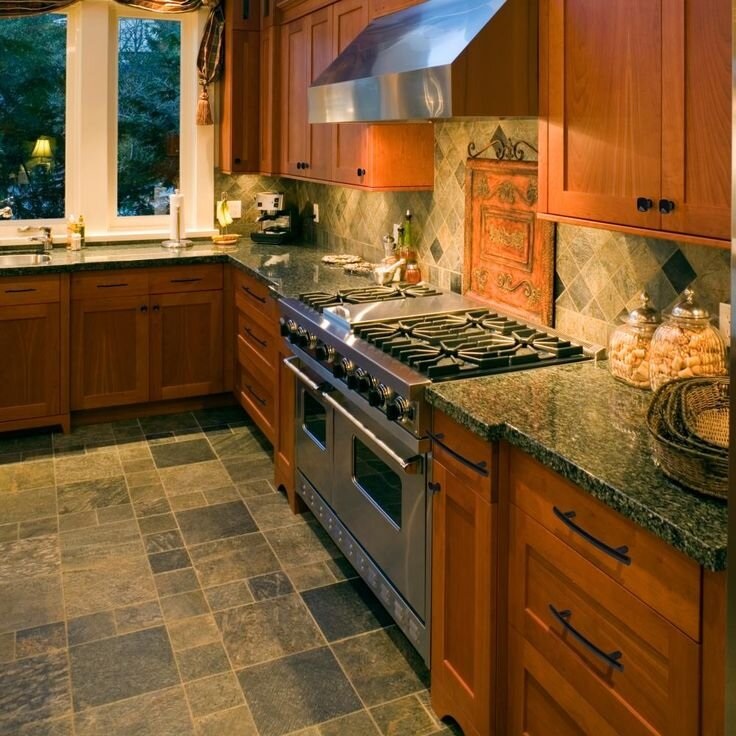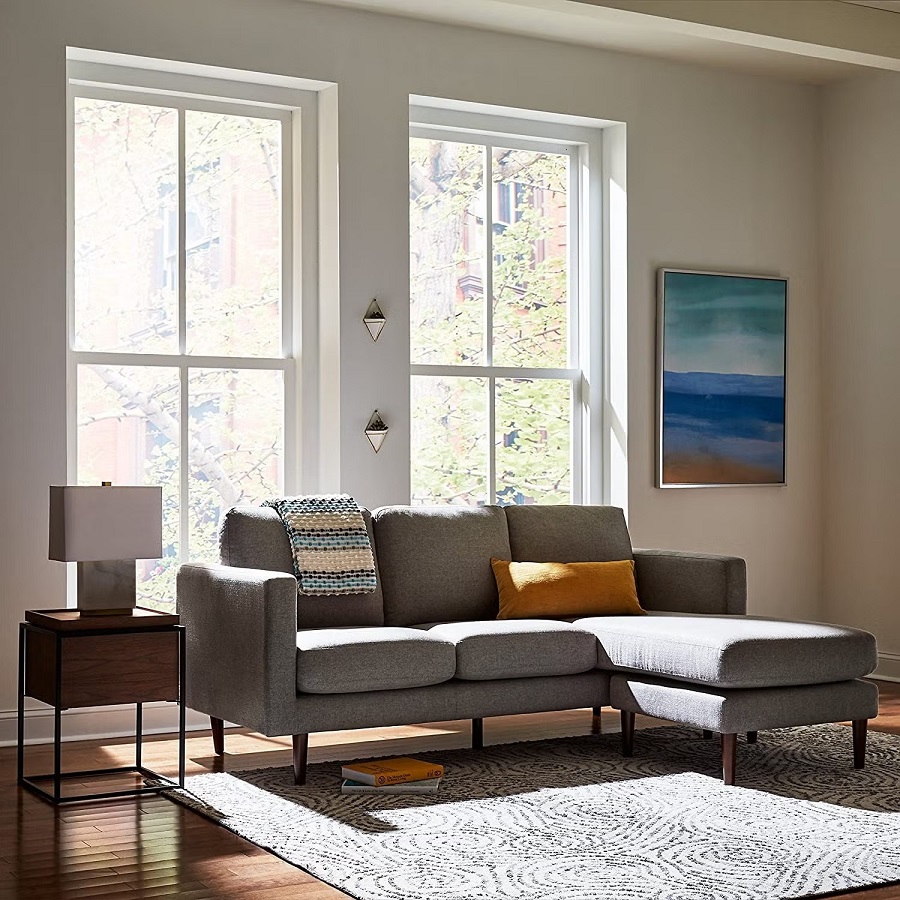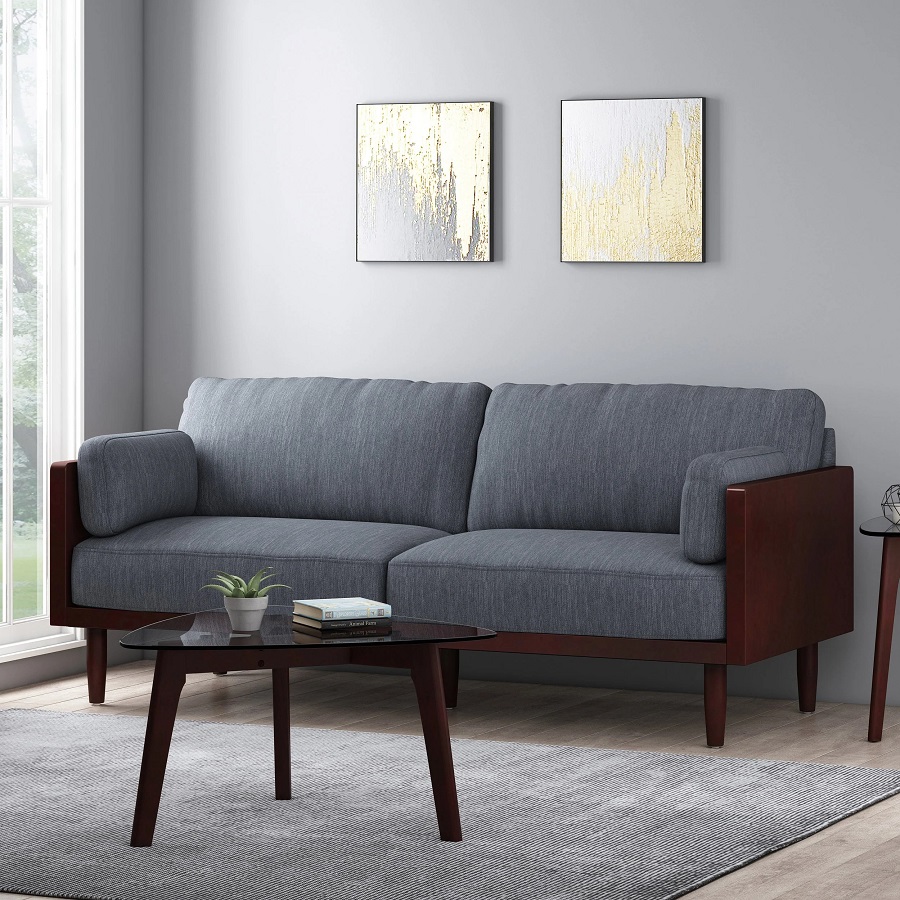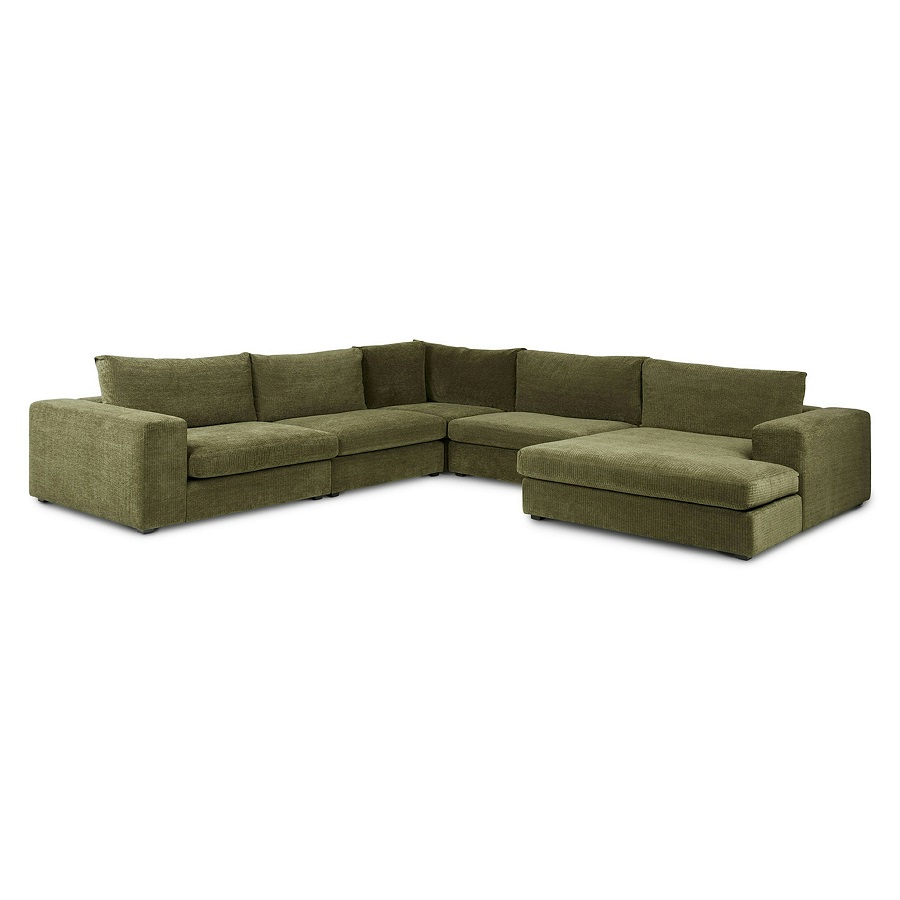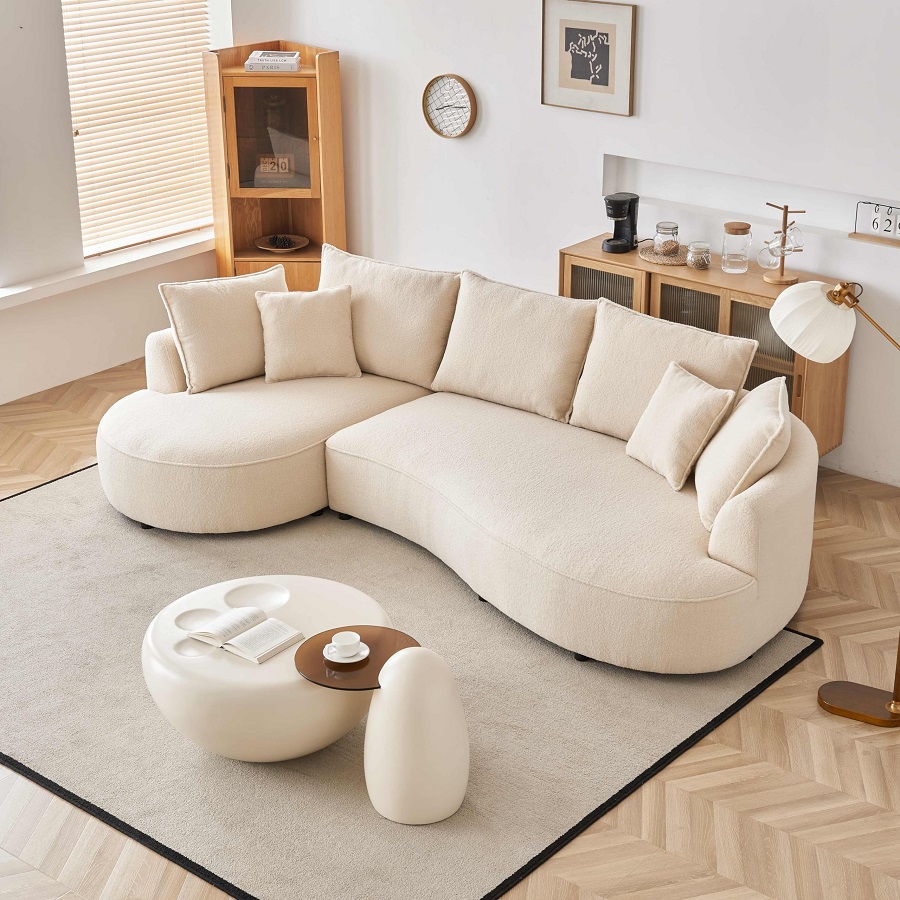Introduction to 90s Kitchen Cabinet Styles
When we recall the 90s, we often think of bright colors and bold designs. This era’s kitchen cabinets mirrored these trends, featuring distinctive styles that make them easily recognizable today. Often, 90s kitchen cabinets were notable for their liberal use of oak wood finishes. They typically showcased raised panel doors and an abundance of natural wood tones.
Many 90s cabinets also came with laminate countertops that matched the wooden hues or utilized striking contrasts. Hardware tended to be simple and functional, with brass handles and knobs being common choices. Glass inserts in some of the cabinet doors were a popular design element that added a touch of elegance. Another signature trait was the inclusion of bulkier frames that gave the cabinets a sturdy, substantial look.
As we dive deeper into the remodeling of this era’s cabinetry, it’s key to understand these characteristics. They form the foundation of the transformation process for modernizing your 90s kitchen cabinets. Integrating these classic elements with contemporary trends can create a seamless blend of old charm and new sophistication.
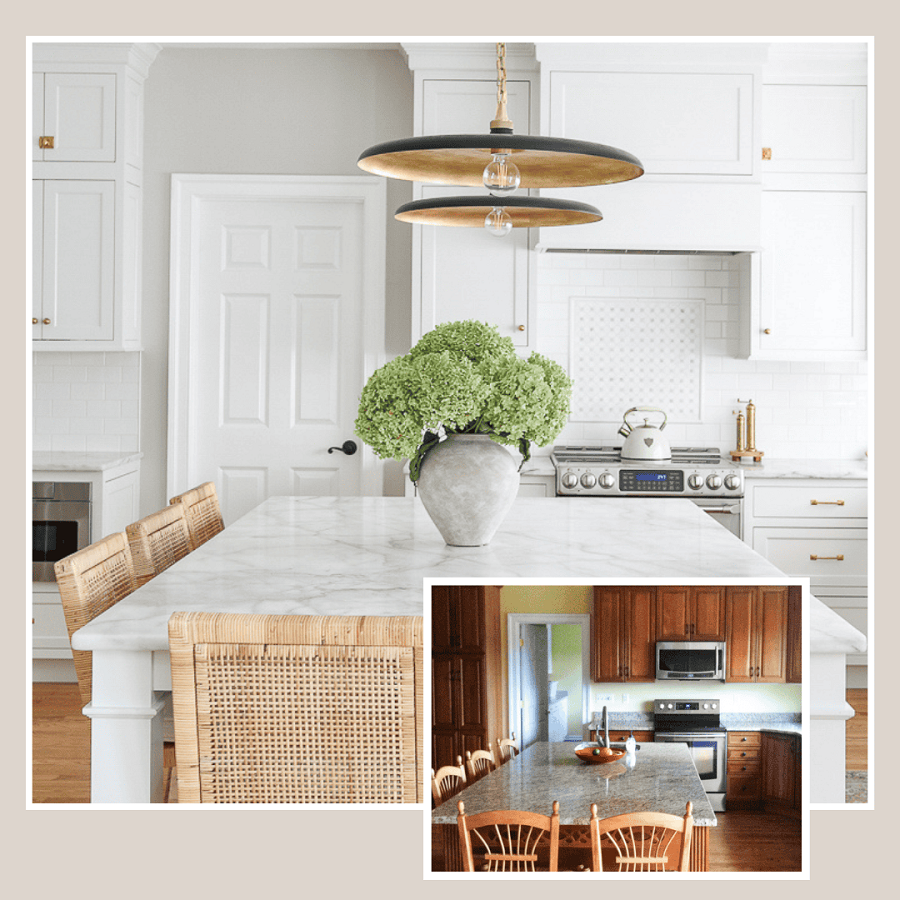
Signs Your 90s Kitchen Cabinets Need an Upgrade
Sometimes, it’s clear that your 90s kitchen cabinets require attention. Here are a few signs:
- Worn Out Appearance: Age shows on cabinets like anything else. Peeling laminate or scratched and faded wood finishes are common in well-loved kitchens from the 90s. When the wear becomes impossible to ignore, it’s time for an upgrade.
- Functionality Issues: Older cabinet designs may not meet your needs anymore. If drawers stick, doors won’t close properly, or shelves aren’t adjustable, it can make working in the kitchen frustrating.
- Outdated Style: If your kitchen feels like a time capsule instead of a contemporary space, then an upgrade could be the key to revitalization. 90s kitchen cabinets often lack the sleek, minimalistic look that is popular today.
- Space Inefficiencies: Are you running out of space or finding it hard to keep organized? Modern cabinetry solutions offer smarter storage that was not typically available in 90s kitchens.
- Poor Lighting: Older kitchens often have insufficient lighting, which makes the space appear dull. Upgrading to modern cabinets with better illumination can transform the feel of your kitchen.
Recognizing these signs will help you decide whether to refresh or replace your cabinets. Keep these indications in mind as you plan your kitchen makeover.
Planning Your Kitchen Cabinet Makeover
When you’re ready to give your 90s kitchen cabinets a new life, planning is crucial. Here’s a step-by-step approach to starting your makeover:
Assess Your Current Cabinets
Inspect your cabinets carefully. Look at their condition and layout. Decide which features you want to keep. This will help you determine if you need a full replacement or if refacing is enough.
Set a Budget
Consider how much you are willing to spend on this project. A clear budget will guide your decisions on materials, labor, and the extent of the makeover.
Choose a Style
Select a style that complements your home’s architecture and your personal taste. Modern? Classic? Farmhouse? This choice will influence the colors, hardware, and design of your cabinets.
Plan for Functionality
Think about what didn’t work in your old kitchen. Do you need more drawers? Maybe a pull-out spice rack? Design your new kitchen to address these needs.
Consult Professionals
Don’t hesitate to get help from design experts or contractors. They can offer valuable insights and ensure that the makeover process goes smoothly.
Follow these steps, and you’ll be on your way to a more functional, stylish kitchen that honors the past while embracing the future.
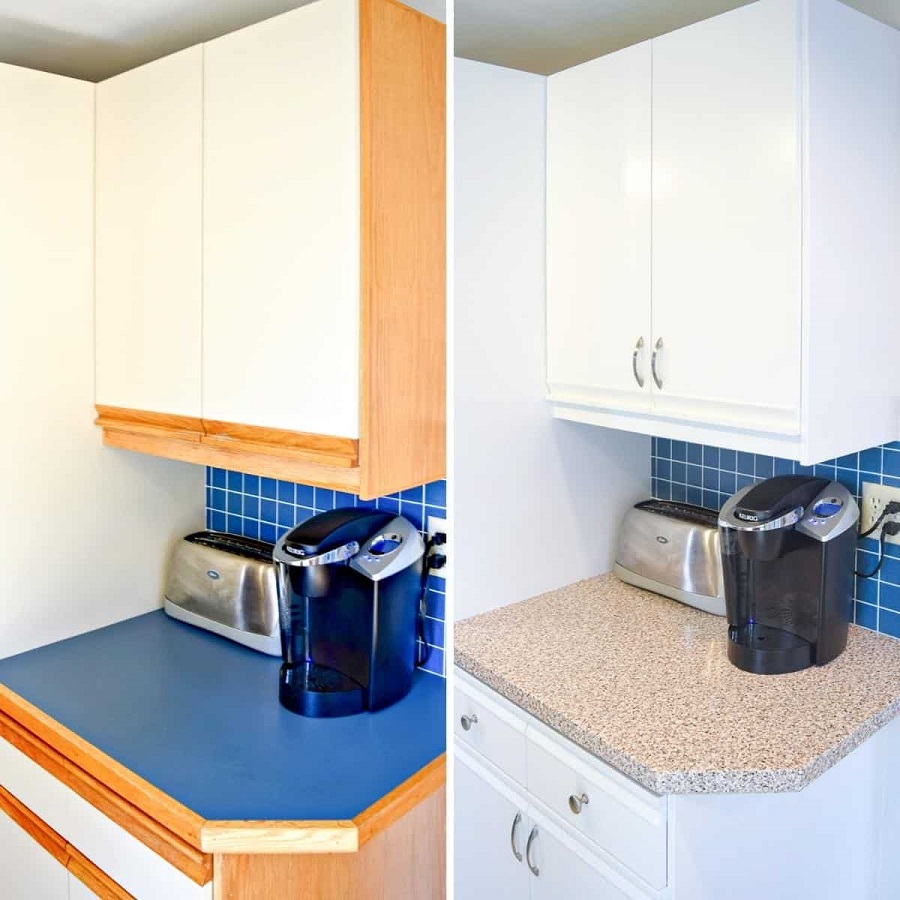
Popular Color Schemes for a Modern Look
Choosing the right color scheme is essential for modernizing your 90s kitchen cabinets. Colors can set the tone for the whole kitchen and evoke different moods and styles. Here are some popular color schemes that can breathe new life into your cabinets and create a contemporary look.
- Neutrals and Whites: White cabinets create a clean and bright look. They can make small kitchens feel larger and more open. Pairing white with neutral tones like beige, tan, or gray adds subtle warmth and sophistication.
- Bold and Dark Hues: For a striking contrast, consider navy blue or charcoal gray. These colors bring depth and richness to the space. They work well in a kitchen with good natural light or when balanced with lighter walls and countertops.
- Earthy Tones: Shades of green, such as sage or olive, can introduce a natural, calming presence. Brown and terracotta tones, inspired by natural wood, can also create a cozy, inviting atmosphere.
- Accents Colors: Bright colors like yellow, red, or turquoise can make for vibrant accents. Use them sparingly on a feature wall or as part of the backsplash to add pops of personality.
Remember to consider the color of your existing appliances and flooring when choosing your cabinet colors. A harmonious color palette enhances the overall appeal and ensures a stylish transformation from the outdated 90s look to a more current and inviting space. When selecting your final colors, bring home samples to see how they will look in your kitchen’s lighting and alongside other elements.
Cabinet Refacing vs. Full Replacement Options
When it comes to updating your 90s kitchen cabinets, you have two main choices: refacing or full replacement. Each option has its benefits and considerations. Understanding the difference between the two can help you make the best decision for your kitchen makeover.
Refacing Your Cabinets:
Refacing involves replacing the cabinet doors, drawer fronts, and hardware but keeping the existing cabinet boxes intact. This option is generally more cost-effective than a full replacement. It also takes less time and causes less disruption in your home. If your current cabinet frames are still strong and functional, refacing could be the ideal solution. You can easily switch to a modern look with new doors in contemporary styles and colors.
Full Cabinet Replacement:
On the other hand, a full cabinet replacement means removing all your old cabinets and installing completely new ones. This option allows for more dramatic changes in layout and functionality. If your cabinets are damaged or if you want to redesign the entire kitchen space, this might be the way to go. It’s a larger investment, not only financially but also in terms of time and inconvenience. However, it offers the opportunity to fully customize your kitchen to your modern needs.
The choice between refacing and replacing often comes down to the condition of your current cabinets, your budget, and your vision for your kitchen’s future. Take time to assess your needs and resources before making a decision. Whether you choose to reface or completely replace your 90s kitchen cabinets, the end goal is a stylish and functional kitchen that you will enjoy for years to come.
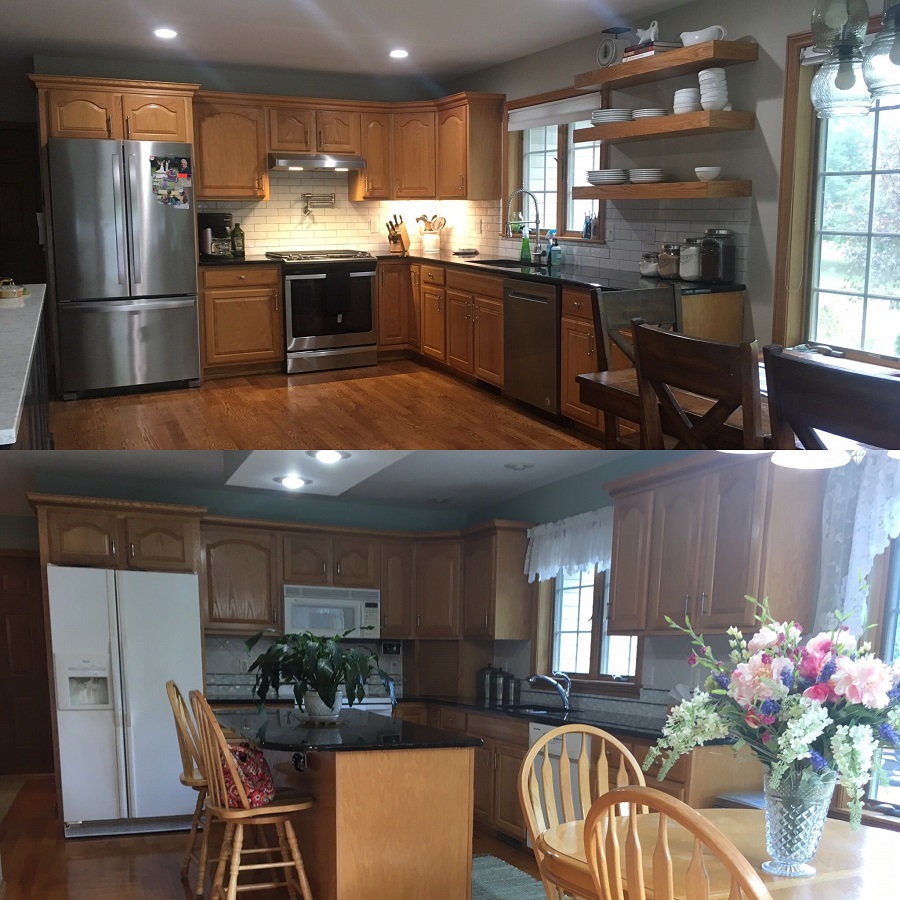
Innovative Storage Solutions for Contemporary Kitchens
When modernizing your 90s kitchen cabinets, storage is a key element. Optimized storage solutions not only enhance functionality but also contribute to a clutter-free and aesthetically pleasing kitchen. Here are some innovative storage ideas to consider for your kitchen makeover:
- Pull-out Pantries: Maximize space with a pull-out pantry. It makes finding ingredients easier and saves space.
- Corner Drawers: Utilize every inch by turning awkward corners into a set of angled drawers.
- Customizable Drawer Organizers: Keep utensils and cutlery in order with adjustable drawer dividers.
- Under-Cabinet Pull-outs: Install racks under cabinets for items like cutting boards and baking sheets.
- Appliance Garages: Hide small appliances in a countertop cabinet to clear up workspace.
- Built-in Spice Racks: A dedicated spice rack drawer keeps spices organized and at hand.
- Vertical Tray Dividers: Store baking sheets and trays vertically to save space and avoid stacking.
- Magic Corners: These clever systems open up and bring the contents of a corner cabinet right to you.
- Toe-Kick Drawers: Use the space at the base of your cabinets for extra storage.
- Integrated Recycling Centers: A pull-out bin system makes sorting waste and recyclables easy.
Combining these solutions with the existing strengths of your 90s kitchen cabinets can greatly improve the overall functionality. Prioritize your storage needs and incorporate the solutions that best fit your lifestyle. With thoughtful planning, your kitchen can become a model of efficiency and style.
Accessorizing Your Cabinets: Hardware and Finishing Touches
Accessorizing your kitchen cabinets plays a huge role in their final look. Even after modernizing the color scheme and storage, it is the hardware and finishing touches that truly complete the makeover. Here’s how to add the perfect accents to your 90s kitchen cabinets:
- Choose Contemporary Hardware: Replace old handles and knobs with sleek, modern designs. Chrome and brushed nickel are popular choices for a contemporary feel.
- Add Glass Inserts: For a touch of elegance, consider glass inserts for some upper cabinet doors. They offer a way to display your fine china or glassware.
- Install Crown Molding: Crown molding adds a sophisticated touch. It bridges the gap between the cabinets and ceiling, creating a seamless transition.
- Soft-Close Hinges: These ensure your doors shut quietly and extend the life of your cabinets. They prevent wear and tear from slamming.
- Update the Backsplash: A new backsplash can transform the look of your kitchen. Choose a design that complements your new cabinet colors.
- Add Under-Cabinet Lighting: Illuminate your countertops with LED strip lights. They enhance ambiance and make for easier food preparation.
Using these finishing touches, your cabinets will not only look modern but will also function better. Remember to keep your personal style and the overall theme of your kitchen in mind when selecting these elements. A few well-chosen accessories can make a world of difference to your once-outdated 90s kitchen cabinets.
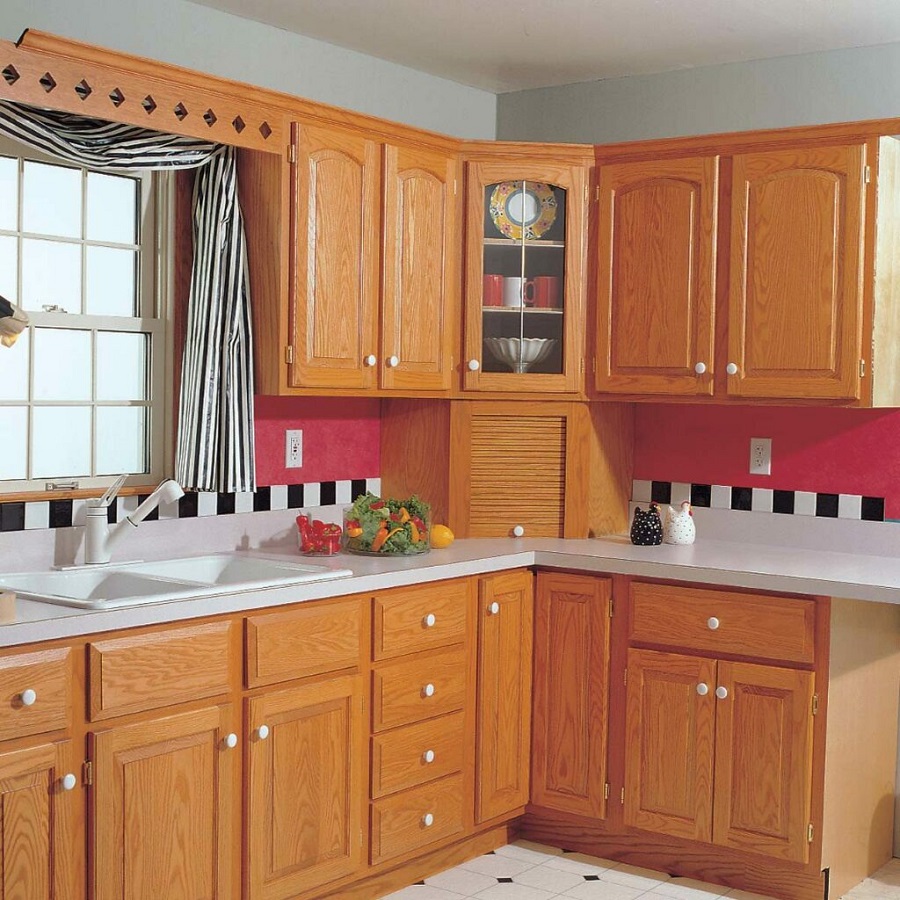
The Impact of Lighting on Your Kitchen Cabinet Revamp
Good lighting is crucial as you revamp your 90s kitchen cabinets. It can transform your kitchen’s mood and functionality. Beyond colors and storage, lighting plays a pivotal role in the atmosphere of your space. As you upgrade your cabinets, consider these lighting ideas:
- Under-Cabinet Lighting: Install LED strips or puck lights underneath the upper cabinets. This illuminates the countertops and makes food prep easier. It also adds a warm glow to the kitchen.
- In-Cabinet Lighting: For cabinets with glass doors, in-cabinet lights showcase your items. They create an inviting display.
- Pendant Lights Over Islands: Hanging pendant lights can serve as statement pieces. They provide focused light to island areas for dining or working.
- Recessed Ceiling Lights: These offer overall light to the room. They can brighten up dark corners and make the kitchen feel spacious.
- Dimmer Switches: Adding dimmers lets you adjust the mood for different occasions. Bright for cooking, softer for dining.
Upgraded lighting interacts with your new cabinets to give your kitchen a full transformation. It highlights the color schemes and the beauty of your updated design. Plus, it makes the kitchen safer by reducing shadows and dark spots. Mix various types of lighting to ensure every area of your kitchen is well-lit and inviting.
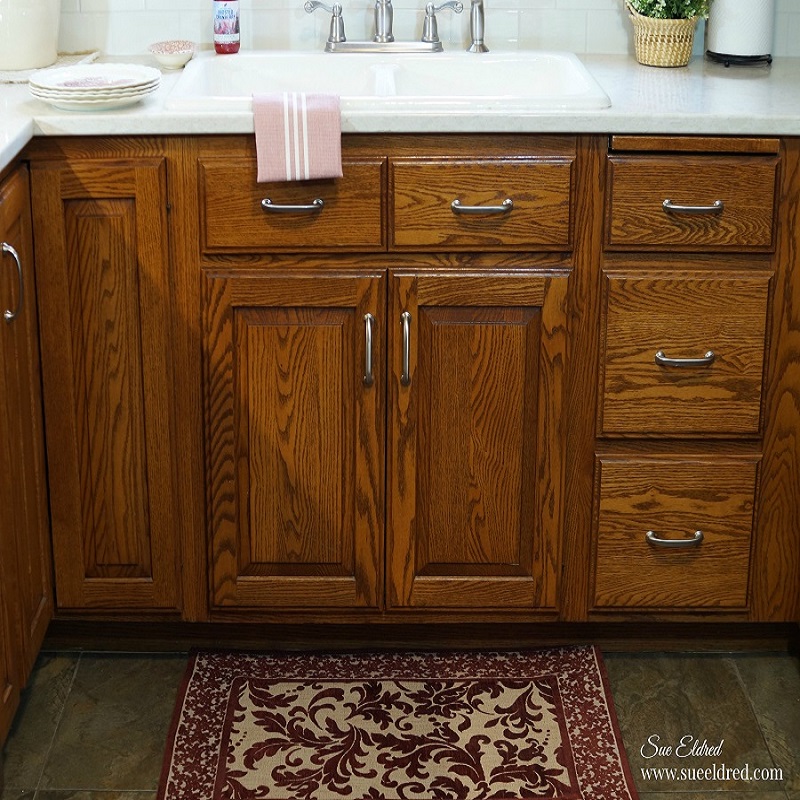
Whether you’re baking at midnight or hosting a dinner party, the right lighting can make a big difference. Ensure your modernized kitchen shines both day and night with these lighting improvements.






